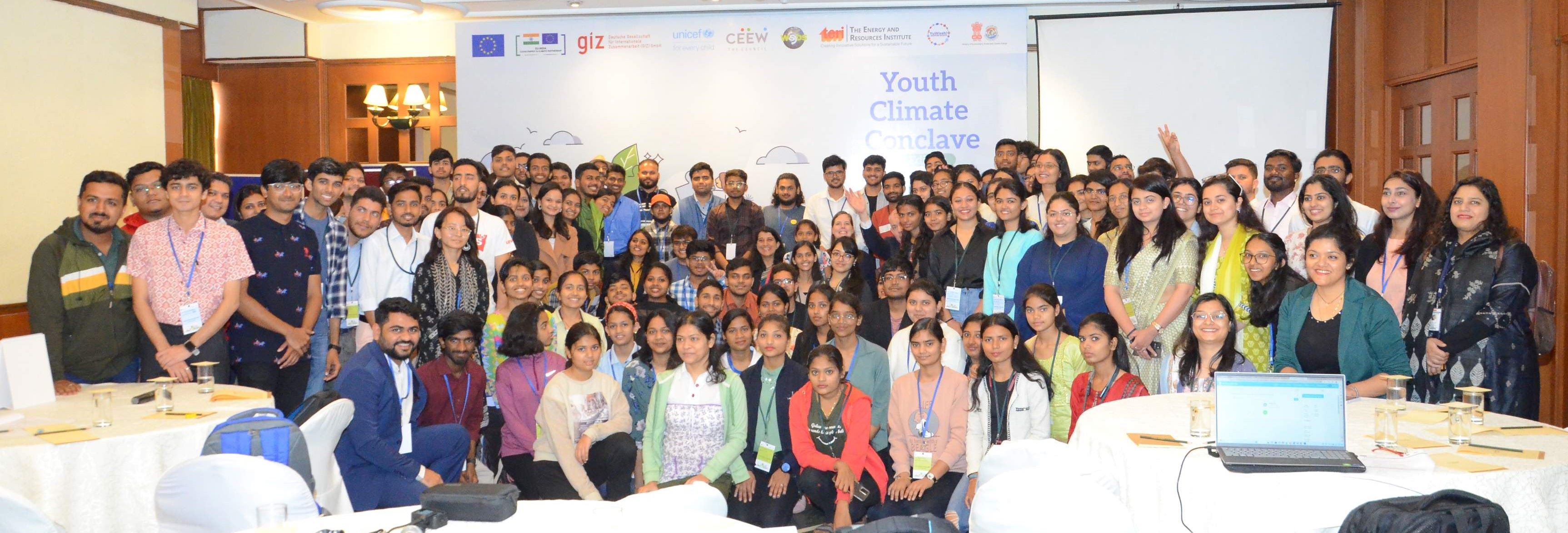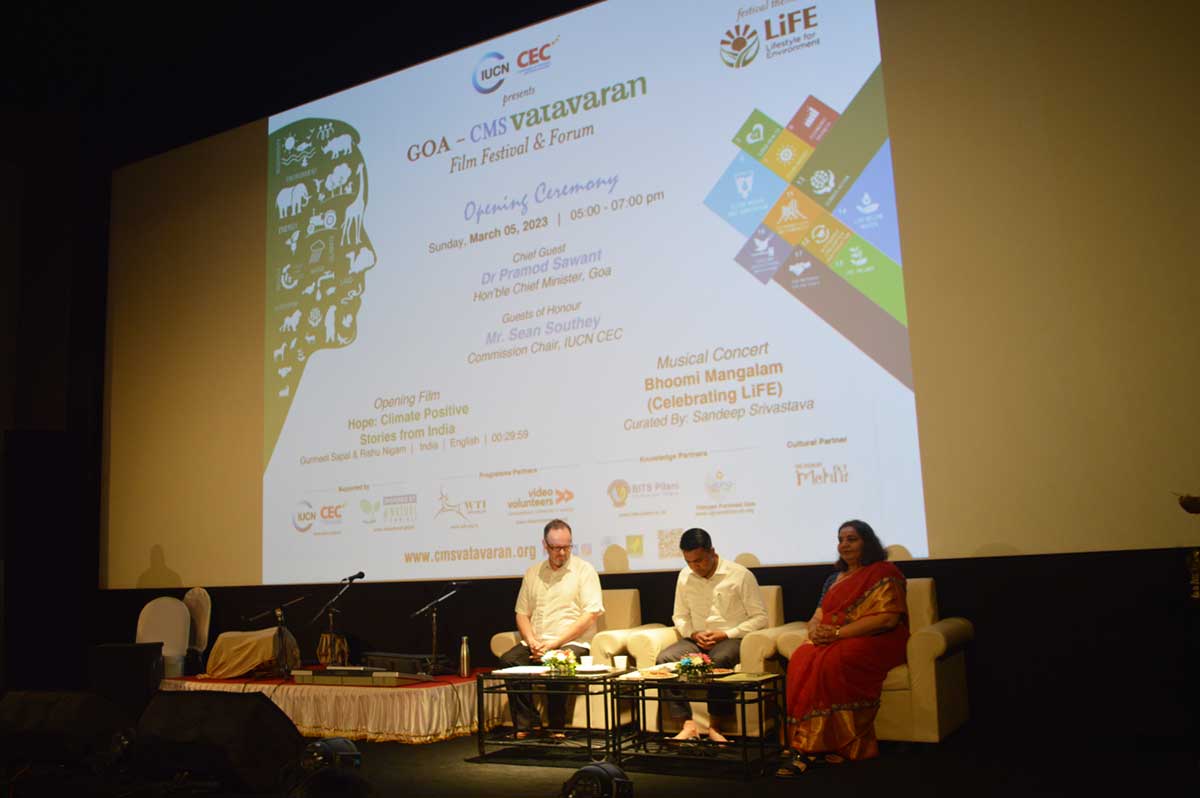Youth Empowerment in Watershed Management in Jharkhand, India
Sujit Choudhury, Secretary Integrated River Basin Management Society
In Jharkhand, a state known for its mineral wealth, a persistent water crisis has endangered local tribal communities' livelihoods. Unplanned mining, deforestation, and lack of conservation practices have damaged ecosystems, leading to droughts, poverty, and migration. A collaborative effort by the NGOs Integrated River Basin Management Society (IRBMS), Jharkhand Vikash Parishad (JVP), and Association for India's Development (AID) in the Sarunala catchment has introduced Integrated Watershed Management, involving local youth to restore ecosystems and improve water security, offering hope for sustainable development and ecological restoration in the region.
The Indian state of Jharkhand, known for its mineral-rich lands, has been grappling with a water crisis for decades, despite receiving adequate rainfall. The region is home to several tribal communities residing in its forest-covered Chotonagpur Plateau for centuries. However, the combination of unplanned mining, deforestation, and the absence of soil and water conservation practices has severely damaged local ecosystems. As a result, the livelihoods of tribal communities are under threat, with recurrent droughts and water scarcity. The negative impact has led to dwindling agriculture, increased poverty, and large-scale migration of tribal youth from their villages. The only viable solution for water security and ecosystem restoration lies in Integrated Watershed Management, which can also offer sustainable livelihood opportunities to the local tribal communities in Jharkhand.
In 2018, a transformative initiative took shape when three organizations joined forces to promote Integrated Watershed Management in the Sarunala Catchment of Amrapara Block in Pakur District. The collaborating entities included the Integrated River Basin Management Society (IRBMS), an NGO from Kolkata specializing in ecological restoration through scientific watershed management; Jharkhand Vikash Parishad (JVP), a local NGO focused on empowering adolescent girls within tribal communities; and the Association for India's Development (AID), a USA-based volunteer movement organization dedicated to fostering sustainable, equitable, and just development. This unique collaboration brought together technical knowledge, grassroots social mobilization, flexible funding, and management support to drive sustainable development through community-based Integrated Watershed Management practices.
The Sarunala watershed is part of the Bansloi River catchment, situated predominantly in the hilly areas of the Rajmahal Hills, known for their basalt trap formations. The initiative kicked off in Nipania village, where IRBMS and JVP teams regularly engaged with local communities to impart technical concepts and demonstrate the positive impact of watershed management in a simple and accessible manner. Advanced geo-informatics tools and remote sensing data were employed to scientifically assess the existing conditions of the watersheds. Regular community meetings facilitated the involvement of stakeholders in the participatory watershed planning and implementation process. The early stages presented challenges, as the concepts were new to the community, while the traditional life and livelihood practices of the tribal community were unfamiliar to the IRBMS, JVP, and AID team members.
With the assistance of JVP's young volunteers and local youth, the program began to flourish rapidly in various villages. Notably, the active participation of local youth, particularly young girls and women, transformed the watershed development program into a movement across 75 villages within the Sarunala catchment. Among the most affected communities were the Pahariya, a hill tribe residing on flat hilltops and ridge areas of the watersheds. Their lives were severely impacted by water scarcity, compelling them to walk kilometres downhill to fetch water from the few remaining wells during dry seasons when natural springs had dried up due to deforestation and soil erosion. To address this, the treatment of Pahariya villages became a priority, with measures focusing on the ridge areas having a positive effect on sub-surface water layers in the valley. The successful implementation of water pipelines connecting hilltop villages to distant springs instilled hope and belief in the potential for positive change.
As the initiative progressed, different villages adopted various soil and water conservation measures tailored to their specific locations. The Pahariya community built stone guard walls to protect their lands against soil erosion, while young village volunteers began making and dispersing seed balls to facilitate rapid reforestation of degraded lands. The construction of gully plugging structures and check dams on small streams and nalas, along with the excavation of farm ponds in agricultural lands, were widely accepted and understood by the local community. These efforts gradually led to significant changes in the local hydrological cycle and ecosystem, significantly impacting people's lives and livelihoods.
The active involvement of local youth has proven pivotal in driving these initiatives forward. They organize annual community-based events, such as farmers' meets and sports competitions like archery and football matches. One remarkable event, the Jal Jatra, a watershed awareness rally, has gained popularity in the Sarunala catchment villages. Encouragingly, government block development officials and local Panchayats have also begun participating in these programs after witnessing the positive transformations they initiated. As the experience and success of the initiative spread, like-minded local NGOs in other districts and river catchment areas have started replicating similar endeavours.
The collaborative effort between IRBMS, JVP, and AID serves as an inspiring model for empowering youth and local communities to actively participate in the restoration of ecology through watershed management. The journey has just begun, but the path of integrated watershed management, powered by youth participation, holds the promise of transforming not only Jharkhand but also other regions in need of ecological restoration and water security.



